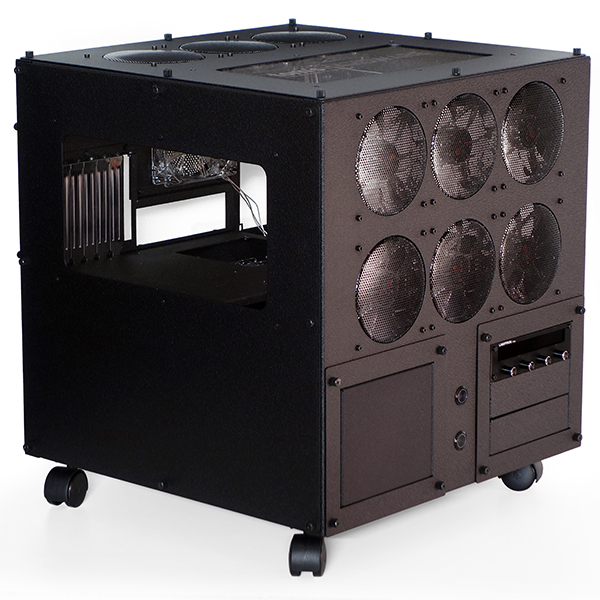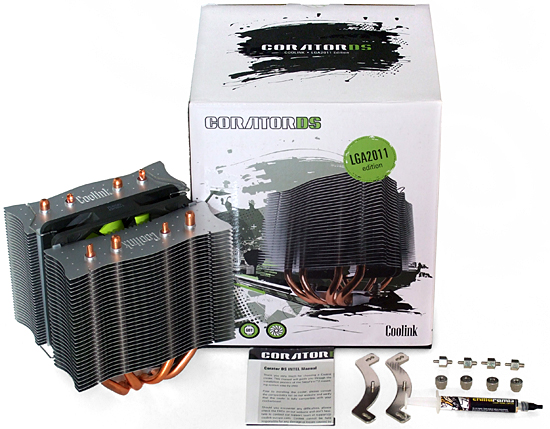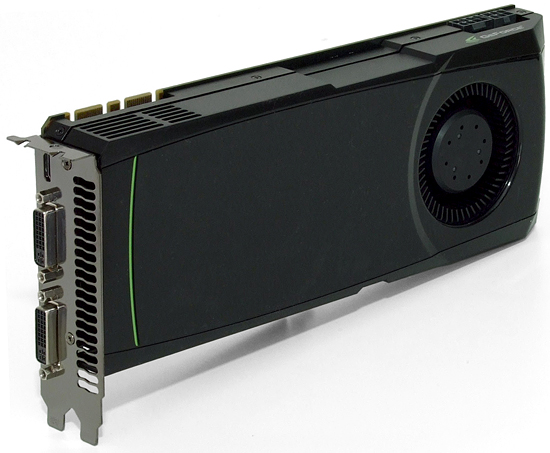Best Of The Best, Part 3: Who Makes The Most Elite PC Case?
We continue our search for the best combination of quality, finish and features with three more cases. Do any meet our Elite criterion?
How We Tested The Elite ATX Cases
| Test System Configuration | |
|---|---|
| CPU | Intel Core i7-3960X (Sandy Bridge-E): 3.30 GHz, Six Cores O/C to 4.25 GHz (34 x 125 MHz) at 1.35 V Core |
| CPU Cooler | Coolink Corator DS 120 mm Tower |
| Motherboard | Asus P9X79 Pro: LGA 2011, Intel X79 Express, Firmware 3501 (03/14/2013) O/C at 125 MHz BCLK |
| RAM | G.Skill F3-17600CL9Q-16GBXLD 16 GB (4 x 4 GB) DDR3-2200 Benchmarked at DDR3-1666 CAS 9 defaults |
| Graphics | Nvidia GeForce GTX 580: 772 MHz GPU, GDDR5-4008 Maximum Fan for Thermal Tests, SLI |
| Hard Drives | Samsung 840 Series MZ-7PD256, 256 GB SSD |
| Sound | Integrated HD Audio |
| Network | Integrated Gigabit Networking |
| Power | Seasonic X760 SS-760KM ATX12V v2.3, EPS12V, 80 PLUS Gold |
| Software | |
| OS | Microsoft Windows 8 Pro x64 |
| Graphics | Nvidia GeForce 314.22 |
| Chipset | Intel INF 9.2.3.1020 |
We’ve retained the same hardware through several generations of case testing, allowing you to compare the thermal results from several round-ups. Case technology doesn’t change much, and neither does the heating capabilities of an overclocked Sandy Bridge-E processor.
We’re counting on that overclocked hexa-core CPU to flood each case with heat, and Coolink’s Corator DS is being used to similarly saturate the enclosures with noise as it transfers thermal energy away from the processor.
Nvidia’s GeForce GTX 580 is a great noise maker in its own right, its blower-style cooler spinning at a few thousand RPM at full speed. This reference card idles down to 40%, and we use full and idle speed settings for our load and idle tests.
| Benchmark Configuration | |
|---|---|
| Prime95 v25.8 | 64-bit executable, Small FFTs, 11 threads |
| 3DMark 11 | Version: 1.0.3.0, Extreme Preset: Graphics Test 1, Looped |
| Real Temp 3.40 | Average of maximum core readings at full CPU load |
| Galaxy CM-140 SPL Meter | Tested at 1/2 m, corrected to 1 m (-6 dB), dB(A) weighting |
Get Tom's Hardware's best news and in-depth reviews, straight to your inbox.
Current page: How We Tested The Elite ATX Cases
Prev Page Building With The H1 Next Page Heat, Noise And Heat Versus Noise-
Dayvy Hats off to Thomas Soderstrom and the work put into this series. There is a lack of comprehensive computer enclosure articles, which leaves consumers purchasing decisions to educated guesses, not definitive answers.Reply
This article highlights a sad truth; computer enclosures typically fall somewhere between gimmicky, foolishly designed, or needlessly excessive. I'm astonished by the difficulty manufacturers seem to have in engineering these things, unless it's blatant disregard. No matter what you purchase, you are forced into making sacrifices that are seemingly obvious fixes.
Even the surface details, way above the depth this article explores, are insulting deficiencies. What sort of R&D department places USB ports so close together that two devices cannot be plugged in simultaneously? To me, that's not having an attention to detail, it's a microcosmic failure that is representative of the general design principles of computer cases. Do you really need to be an engineer to get a heat gun and observe the sources of heat in a modern gaming computer in order to devise an adequate ventilation system?
Call me crazy, but none of it seems that difficult. Use a little ingenuity and intuition. If your design team is so out of touch with the amenities aftermarket builders seek, then have a public design contest. Many of us would be eager to show you a truly capable design. -
Memnarchon Magnificent work Thomas Soderstrom! The best high end case test I ever seen in the web.Reply
It seems Silverstone engineers are far ahead from others. They are far ahead in the Temperatures Over Ambitient with high fans and far ahead in the Acoustic Efficiency with low fans.
If the high fans wouldn't produce so much noise, I think it would take the elite award... -
ta152h These are ugly boxes that no one needs to look at.Reply
An elite case could be something like the PC-CK101. It's beautiful, and actually works(the movement is kind of silly, and not very feasible). It cost me about $350, but every time I look at it, I feel like it's worth it.
Granted, looks are subjective, but these things make no attempt at being anything but simple boxes. If you want a more functional definition of elite, their gruesome appearance is fine, because no one has to look at them, but then why even consider these knock-off brands, and not just get a SuperMicro? They're more attractive, infinitely better designed, and far better supported. They also make the best motherboards money can buy. They are a real server company, so if you're serious, that's the way to go.
These knock-off companies don't have the experience, reputation (nothing says quality like SuperMicro), or long term support for their products. If you're going to pay that much money for a case, either get some really nice looking (or unique, or both), or at least consider something from a company that only makes high quality products, and has been doing it for a few decades. Their designs are very mature, and very refined.
I can't say they're the best, because I haven't tried every brand, but they are clearly less riddled with problems than the normal cases from lower-end makers like Lian-Li (although I still buy them, and think they're fine for their price.). But, when you're talking around the $400+ area, you don't get a pass for "fine for their price". You better be near perfect, or exceptional in some detail. Because at that price, you are competing against the lower-end of real server boxes, with much better support. It's not clear to me these boxes justify the cost.
It would have been interesting to include one for comparison. Even if you don't need it for a server, they are very nice cases, with so many more options directly available from the manufacturer. It's worth a look, if you have a part 4.
-
AndrewJacksonZA Thank you for your efforts Thomas, that looks like it was a ton of work! If I may add a suggestion: Please include a summary photograph of all the cases in one photo. I feel that it would add to the "rounding off" of the article series and give a nice overview of all the cases' looks to the reader.Reply
After reading your review, I'd take a white Nanoxia Deep Silence 6, based on silence, performance and looks.
Thanks again. -
voltagetoe All these so called silent cases lack common sense. You can make a truly silent one yourself by using 25mm plywood and 30mm glass wool - very cheap materials.Reply -
burkhartmj Reply14272223 said:These are ugly boxes that no one needs to look at.
An elite case could be something like the PC-CK101. It's beautiful, and actually works(the movement is kind of silly, and not very feasible). It cost me about $350, but every time I look at it, I feel like it's worth it.
Granted, looks are subjective, but these things make no attempt at being anything but simple boxes. If you want a more functional definition of elite, their gruesome appearance is fine, because no one has to look at them, but then why even consider these knock-off brands, and not just get a SuperMicro? They're more attractive, infinitely better designed, and far better supported. They also make the best motherboards money can buy. They are a real server company, so if you're serious, that's the way to go.
These knock-off companies don't have the experience, reputation (nothing says quality like SuperMicro), or long term support for their products. If you're going to pay that much money for a case, either get some really nice looking (or unique, or both), or at least consider something from a company that only makes high quality products, and has been doing it for a few decades. Their designs are very mature, and very refined.
I can't say they're the best, because I haven't tried every brand, but they are clearly less riddled with problems than the normal cases from lower-end makers like Lian-Li (although I still buy them, and think they're fine for their price.). But, when you're talking around the $400+ area, you don't get a pass for "fine for their price". You better be near perfect, or exceptional in some detail. Because at that price, you are competing against the lower-end of real server boxes, with much better support. It's not clear to me these boxes justify the cost.
It would have been interesting to include one for comparison. Even if you don't need it for a server, they are very nice cases, with so many more options directly available from the manufacturer. It's worth a look, if you have a part 4.
You bought a case that looks like a train. That's not elite, that's niche as hell. On top of that, it's a Mini-ITX case which puts it outside the scope of these articles by default. Besides, if we factored in Mini-ITX the NCase M1 would blow your train out of the water.
Other than some of their cases holding a lot of hard drives, I fail to see what makes SuperMicro cases amazing. They look unbelievably bland on the outside, and like every desktop I've ever seen on the inside . Of course I'm only looking at their freestanding computers, because rack cases are also outside of the scope of these articles. Honest request, point me to these outstanding and attractive SuperMicro cases that I'm missing. I'm not familiar enough with the brand to just say you're wrong, but I haven't found evidence myself to the contrary. -
voltagetoe All these so called silent cases lack common sense. You can make a truly silent one yourself by using 25mm plywood and 30mm glass wool - very cheap materials.Reply -
Musaab Maybe you can consider LittleDevil LD PC-V8 with it's 299.99 price tag , Aluminum built and Pro lock.Reply



